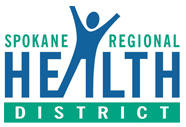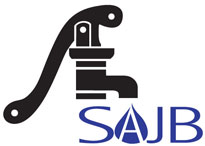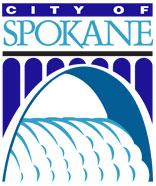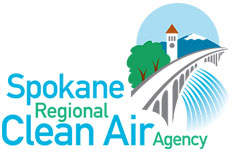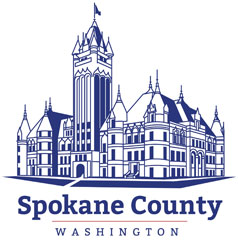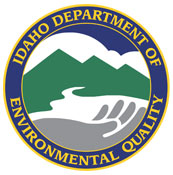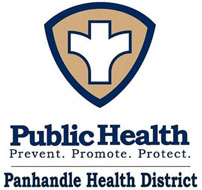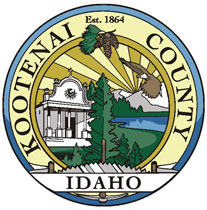Recycle » Residential » Residential Hazardous Waste » Caulk
Caulk
When removing caulk and surrounding building material that are known or suspected to contain PCBs, it is important to manage the removal in a way that minimizes workers' exposure to the PCBs (e.g., facemasks, gloves, etc.) and prevents the release of PCBs into the environment
Disposal of federally regulated PCB wastes must follow EPA's regulations found in 40 CFR part 761:
- No person may open burn PCBs.
- No person may process liquid PCBs into a non-liquid form in order to circumvent high temperature incineration requirements for liquid PCBs.
- No person may discharge water with 3 micrograms per liter (3 parts per billion) or more of PCBs unless they have a (NPDES) permit under the Clean Water Act.
- Spills and uncontrolled discharges are considered to be disposal.
Caulk containing PCBs (polychlorinated biphenyls) was used in many buildings, including schools, during building construction, renovation, or repair from the 1950s through the late 1970s. Repeated exposure to PCB - or perhaps the dibenzofurans with which it is usually contaminated can cause illness. Anything containing PCB's should be handled as hazardous waste.
The EPA has done and is doing extensive research on PCB's in caulk. If you need more information on the subject you can find it here.
PCBs are regulated under the Toxic Substances Control Act (TSCA), which became law in 1976. TSCA bans the manufacture, processing, use and distribution in commerce of PCBs, and gives EPA the authority to regulate the use, manufacture, cleanup, storage, and disposal of PCBs.
The current PCB regulations were published pursuant to this Act, and can be found in Title 40 of the Code of Federal Regulations (40 CFR Part 761).


